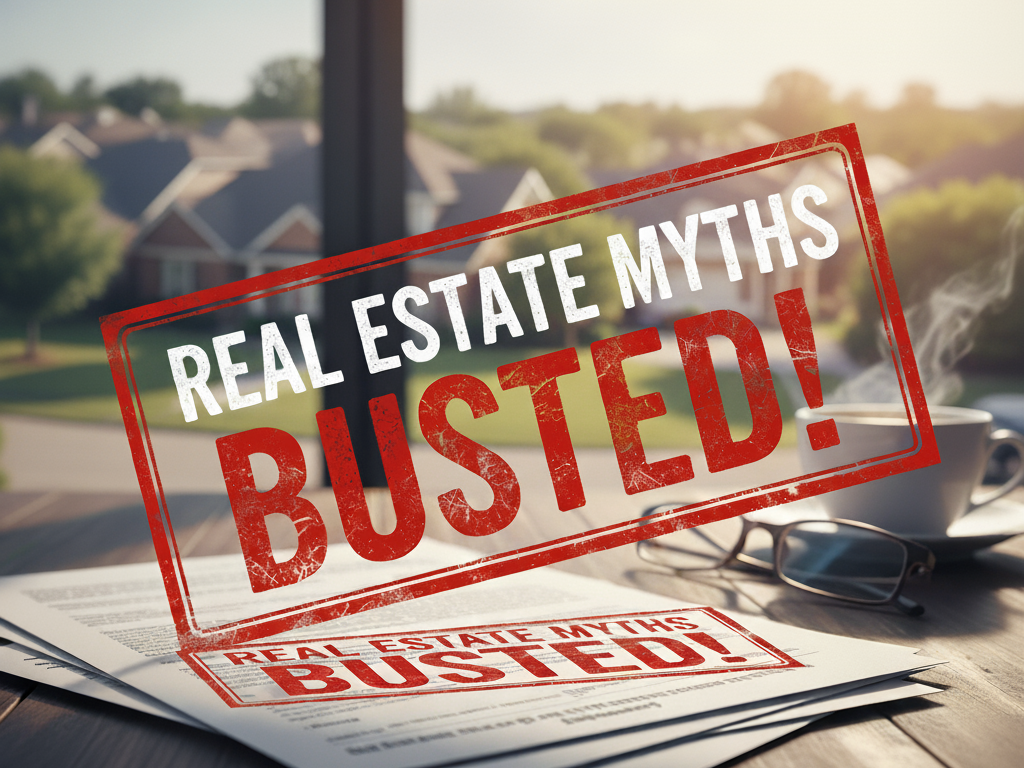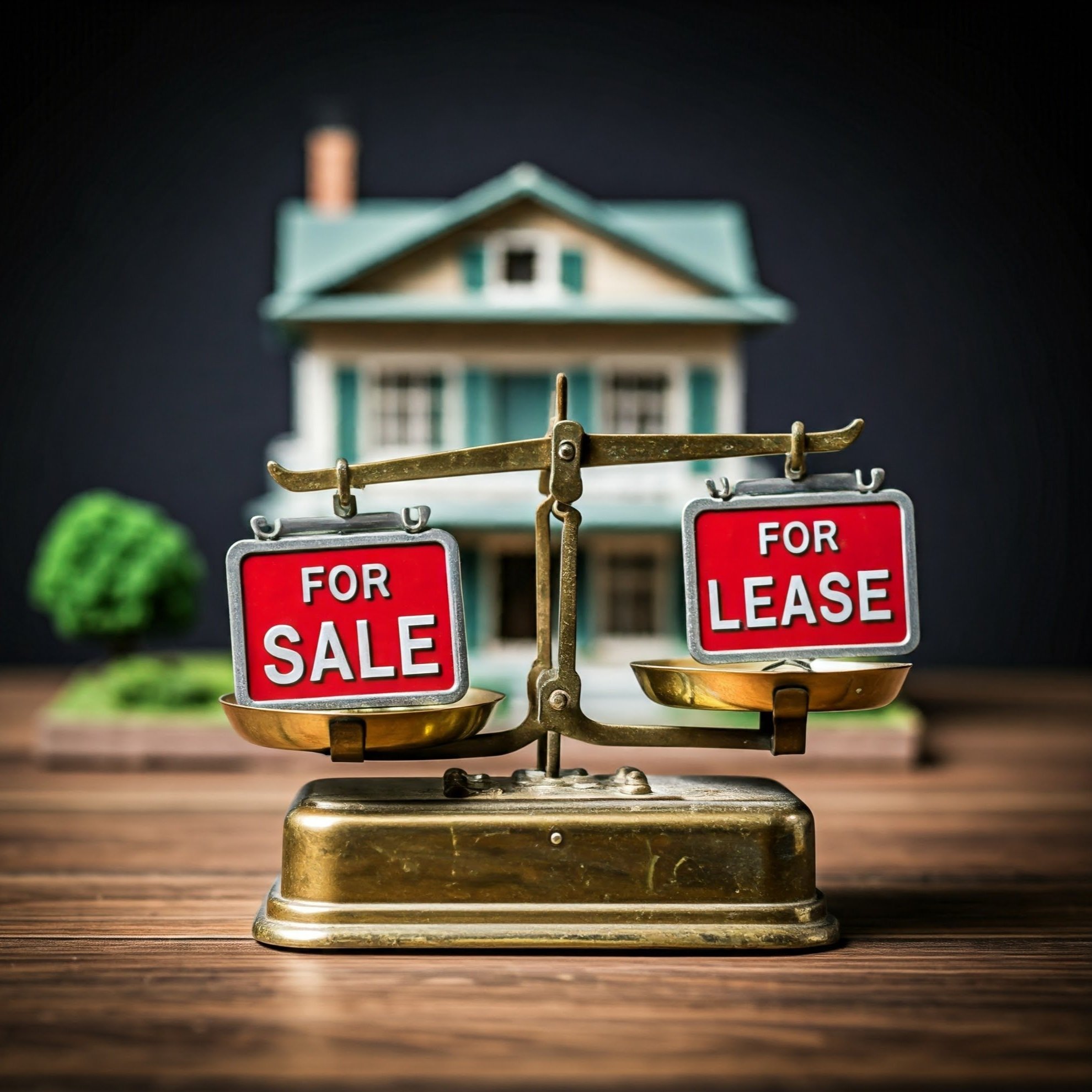What Does a Property Manager Do?
Last updated: 2024
Many new and aspiring rental property investors shy away from remote markets, and focus on neighborhoods they’re familiar with and/or properties they can reach by car. As I discussed in my article on market evaluation and selection, this is a mistake that limits their options and their potential returns.
Why do so many investors continue to make this mistake? One major reason is that they don’t fully understand everything a property manager does, and therefore can’t imagine how they could own properties that are hundreds or thousands of miles away. Or they might be reluctant to give up the 8-10% of rent that a property manager will charge, reasoning that this is too much “just to collect the rent” and they can self-manage the properties just fine as long as they’re local.
But the property manager does a lot more than collect rent. In this article, I will describe all the functions a property manager performs – there are many! – which should make two things abundantly clear: first, owning investment properties in remote markets is very easy as long as you have a good property manager; and second, you should have a property manager even if your rental properties are local.
Because the reality is this: a good property manager is the only way to make your rental properties a passive investment. Without a property manager, you’re a landlord, and being a landlord is a JOB.
Here are the property manager functions I will discuss, which I’ve broken into three groups:
1 For Occupied Properties
Rent Collection
Repairs & Maintenance
Regular Inspections
Lease Renewals
Client Services
2 When There Is a Vacancy
Move-Out Inspection
Turnover Scope of Work
Maintaining Vacant Properties
Marketing Vacant Properties
Tenant Screening
Lease Signing
3 Other Functions
Section 8 Compliance
Evictions
Buying & Selling Properties
Owner Portal
One quick caveat: not every property manager will have exactly the same protocols and procedures. For simplicity, in this article I will only describe the most common/typical processes of large, professional property management companies in order to give you a good representation of what a property manager does on your behalf.
1 What Does a Property Manager Do: For Occupied Properties
Rent Collection
Your property manager — let’s use “PM” from now on, since I’m not paid by the letter — collects rent on your behalf, keeps their fee (typically in the range of 8-10%), and sends you the balance at the end of the month. A good PM will offer tenants multiple ways to pay, including cash, cashier’s or certified check, electronic debit, and sometimes credit card. The tenant can make their payment through the PM’s online portal, in person at the office, or at other designated physical locations if the PM has made arrangements for this.
A large PM will have software that sends automated email and text reminders to tenants, and that automatically charges a late fee if the rent is not paid by a certain date, usually the 5th of the month. (Frustratingly, most PM’s retain this fee rather than passing it on to, or at least splitting it with, the owner.)
They will also have a team who is fully dedicated to Collections. That team will send regular follow-ups to tenants who have unpaid rent, negotiate payment arrangements/dates, and inform tenants about the eviction process should they not be able to make their payment.
A good PM will have an end-of-month collection rate above 98%. (My PM does even better, and maintains a collection rate of 99.5%.)
Repairs & Maintenance
A PM is also responsible for any necessary repairs or maintenance work on your property. Most often, these issues are reported to the PM by the tenant, either by calling the office or through the PM’s online portal.
The PM will either directly employ salaried tradespeople (carpenters, plumbers, HVAC technicians, etc.) or will farm this work out to qualified contractors. In either case, they will quickly dispatch someone to evaluate and fix the issue. They will then pay the bill, and recoup those costs by charging your account. All details of the work, including the contractor’s notes, explanations, and pictures, are visible to you through the online portal.
The PM will only request prior owner approval of a maintenance job if the dollar amount of the work exceeds a preset value, usually $250 or $500. Anything below that threshold they will just go ahead and do. As an owner, you can ask for a different minimum threshold depending on how involved you want to be in day-to-day decisions.
Regular Inspections
Most PMs will have a program to conduct regular inspections of occupied properties. The timing, structure, and fees for these programs can vary, and the PM may make it optional or required.
Performing regular inspections is very important. They can ensure that smoke detectors are working, that HVAC filters have been changed, that tenant’s upkeep of the property is appropriate and in compliance with the lease, and so on – and this can save you both money and headaches later on. It also reduces your exposure to liability lawsuits that might arise from accidents or incidents in the home.
Lease Renewals
Prior to a tenant’s lease expiration, the PM will reach out to inquire about a renewal. The PM will always try to keep existing tenants in place and avoid turnover, but they will also evaluate the current rent vs. market rent and attempt to raise the tenant’s rent if possible.
It’s in the mutual interest of the PM and the owner to keep properties rented for the highest achievable rent. This is one function that is nearly always handled better by professional PMs than owners who self-manage, who are frequently shy about raising rents because they fear losing tenants as a result. (This is why you can find countless occupied properties for sale with long-term tenants paying well under market rent.) My PM generally tries to get a 4% increase with each renewal, or more if the tenant is significantly below market rent.
While a 1-year lease is most common, some PMs will make a 2-year lease standard as long as the tenant is willing. I personally prefer the 2-year lease whenever it’s possible, especially since my PM includes an automatic rent increase for the 2nd year.
Client Services
A good PM will give each owner a single point of contact for all questions and issues within their portfolio. As an owner, you may have questions about various topics — a turnover scope of work, a late-paying tenant, a maintenance bill, etc. – but you don’t want to have to call 10 different people depending on the issue. This group of owner liaisons is usually called Client Services, but can go by many other names (owner representatives, portfolio representatives, etc.)
I interact ONLY with my portfolio rep, who will get answers and updates for me from the various teams inside the PM’s office. This is more efficient for me, as well as for those teams, who don’t want to be distracted by constant calls and emails from individual owners throughout the workday.
2 What Does a Property Manager Do: When There Is a Vacancy
Move-Out Inspection
When a tenant indicates they will be vacating, the PM will schedule a move-out inspection immediately after the move-out date. During this inspection, they will ensure that the tenant has left the property in adequate condition according to the terms of the lease. They will post a report of this inspection on your owner portal, which may include pictures.
If there is any issue that the tenant needs to be charged for, the PM will credit this amount to your account out of the security deposit (which they hold), and cut a check to the tenant for the remaining amount.
Turnover Scope of Work
The next step will be for the PM to send a contractor to evaluate what work needs to be done prior to re-renting the house to a new tenant – or in the common parlance, to get it “rent-ready”. This may include cosmetic touch-ups, fresh paint, new flooring or carpet, and any other needed repairs – and it will always include a final deep cleaning so the house is sparkling for the new tenant. The PM will send you a scope-of-work document that details what work needs to be done, and the estimated cost.
Can you choose to defer some of that recommended work? It depends. But good PMs will insist that certain work be completed in order to meet their minimum renting standards. In other words, you can’t choose not to paint if the house really needs it, nor can you choose to save money by not cleaning – your PM won’t allow that, and you shouldn’t want to do it anyway.
Once you approve the scope of work, the PM will schedule the required contractors to complete the work, and ensure quality by sending you pictures when it’s all done. They’ll also charge your account for the quoted cost.
Maintaining Vacant Properties
During the period your property is vacant, you (as the owner) are responsible for a number of things that are normally handled by your tenant, such as cutting the lawn and paying the electric bill. Your PM will automatically handle those things for you, and pass on the cost to you.
They may also have available add-ons for vacant properties, particularly as it relates to security – for example, they may offer to board your windows or cage your HVAC unit to deter any vandalism while the house is unoccupied. These add-ons are usually not needed, but might be advisable for properties in very tough neighborhoods.
Marketing Vacant Properties
Your PM is responsible for finding new tenants for vacant properties. This is where the Leasing team takes over – any relatively large PM will always have at least a handful of vacant properties, so the Leasing team will have a well-oiled marketing process to generate leads and fill those vacancies as quickly as possible.
First, they will create a listing for the property, including photos. Then they will market the property in different ways: on their own website; on facebook; on craigslist; and/or via MLS (Multiple Listing Service, whose data feeds Zillow, Redfin, etc.) Finally, they will pre-screen tenants and arrange for showings. Most large PMs now use automated keypad locks that allow prospects and their brokers to book showings and view vacant properties on their own.
Tenant Screening
Tenant screening is the most important thing your PM does. Bad tenant screening is the mistake that sinks rental property investors more than any other single factor, so it’s wise to leave this in the hands of professionals who do it day in, day out.
A good PM will have firm, non-negotiable tenant screening standards. These may include a minimum credit score, minimum income multiple of the rent, no history of prior evictions, and other requirements. They will require a completed application, a nonrefundable application fee, and various other documentation (paystubs, tax returns, etc.) The PM will also perform a credit and background check on qualified applicants.
This kind of robust process screens out many applicants that a self-managing owner wouldn’t. That owner might say “Oh wow, somebody is interested in my rental on the first day!” A surprising number of owners who do their own tenant screening don’t even run a credit check.
But here’s the thing: you actually WANT the process to be tough, in order to screen out tenants who are more likely to become delinquent on their rent, or cause other issues at your property. Your PM has tons of experience weeding out those folks and finding qualified tenants for your properties, and a good PM will be MUCH better at this than you ever will be. There’s nothing like the security of having a wonderful tenant in place who pays the rent on time and takes good care of their home.
Lease Signing
Once your PM finds a qualified applicant, they will bring the tenant into the office to sign the lease. Your PM will have a lease that has been designed over many years to protect your properties, and meets all the legal requirements of the state in which they operate.
They will collect the security deposit from the tenant, which will be required to be paid with cashier’s check/money order, as well as first month’s rent.
They will post the signed lease on your owner portal, which (like all documents there) can be downloaded for your own safekeeping if you choose.
3 Other Property Manager Functions
Section 8 Compliance
Section 8 is the federal housing assistance program that pays some or all of the rent on behalf of the tenant. This program is funded by the federal government, but it’s administered by local housing agencies. For example, Section 8 in Memphis is administered by the Memphis Housing Authority (MHA).
I have a full article about the pros and cons of Section 8, but if you do have a Section 8 tenant, there is additional paperwork and correspondence needed with the local Section 8 administrator to receive the Section 8 portion of the monthly rent. There are also annual inspections required by Section 8 to ensure compliance with the living standards mandated by the law. Your property manager handles all of that for you.
Evictions
If a tenant fails to pay rent, or is in violation of the lease for another reason, eviction may be warranted. A large PM will have a lawyer who handles all their evictions, and shepherds them through the multi-step legal process in the courts. The laws and processes governing eviction are state-specific, so you really need a local expert.
The PM will also use various strategies (i.e. “cash for keys”) to vacate a delinquent tenant without a formal eviction. These options can make good sense because evictions are costly and time-consuming to you – in addition to not collecting rent for at least several months while the eviction proceeds, there are additional legal fees that you must pay.
An experienced PM may also have connections to local rent assistance agencies and funds. This can be a huge benefit to you if one of your tenants encounters financial difficulties that make it hard for them to make rent. I once had 9 months of back-rent paid in full by such a program, thanks to my PM connecting the tenant to those funds.
Avoiding evictions upstream through robust tenant screening, and non-eviction incentives when a tenant can’t pay, is the best route. But if you do end up having to evict a tenant, you’ll be very happy you have an experienced PM to handle it for you.
Buying & Selling Properties
Many PM’s will have an in-house brokerage team to help their owners find new investment properties to funnel into their management portfolio. This is an easy way to connect with a knowledgeable local broker who knows the market well, and who is fully focused on investors.
It’s also common for large PMs to have their own turnkey properties for sale (or a sister company that runs a turnkey operation). This can be a great option for new investors, as I discuss in this article on the benefits of turnkey properties.
The same brokers can handle your sale listing if and when you choose to sell a property — and this is similarly advantageous because the broker will have a strong network of investors to market the property to.
Owner Portal
Your PM will use third-party software (Propertyware is the most popular) to manage various functions of their business. Using this software, your PM will create an account and log-in for you that will give you access to the Owner Portal, which is your 24/7 window into your rental portfolio.
Here are the various views and information you’ll be able to see through the Owner Portal:
Dashboard: a visual summary of income and expenses over the selected time period
Ledger: a chronological list of every credit and debit to your account
Reports: various views of data over the selected time period
Bills: a list of all the bills debited from your account; detailed views are available with notes and/or pictures from the contractor(s) who completed the work
Documents: all of your monthly statements are available here, plus all your leases and other documents
Property Management Fees
For all of these services, a property manager is surprisingly affordable. Most PM’s will have two primary fees (and sometimes a third):
a percent of rent collected each month, usually between 8-10%;
a Leasing Fee, which is typically 50%-100% of a month’s rent for placing a new tenant; and
a Renewal Fee (sometimes) of $150-$250 for lease renewals.
While some PM’s charge other miscellaneous fees, they aren’t material compared to these two major categories of fees.
For my portfolio of 25 properties, I expect to pay my PM about $32,000 in fees each year. While that may sound like a lot, you have to remember what I’m getting for it: freedom from being an active landlord! If I had to manage my portfolio myself, it would be a full-time job, and not a particularly enjoyable one. (And I’d have to move to Memphis!) Also, I know that my PM will perform many of these functions better than I could on my own, and therefore get better and more profitable results – so in that way the fees (at least partially) pay for themselves.
Paying my PM this amount is a great trade for me – in fact, it’s a no-brainer. It turns my rental properties into passive investments, allowing me to focus on higher-value activities like growing my portfolio, working with my coaching clients, building my online business, and most importantly, creating the life I want to live outside of work.
Conclusion
If you’ve read this far, you will have realized that a PM does a lot more than collect rent, and is by far your most important partner in the success of your rental portfolio.
You should also be convinced of the premise I stated at the top: a good property manager is the only way to make your rental properties a passive investment. If you want to be an investor, and not a landlord, you simply MUST have a professional PM. (I make an even more detailed argument for this conclusion in this article.)
Given that, how can you be sure you find the best PM in your market? What screening questions should you ask them? How can you be confident in their maintenance processes, their fee structures, and their ability to find qualified tenants? I dive into the important topic of PM screening and selection in this post.
About the Author
Hi, I’m Eric! I used cash-flowing rental properties to leave my corporate career at age 39. I started Rental Income Advisors in 2020 to help other people achieve their own goals through real estate investing.
My blog focuses on learning & education for new investors, and I make numerous tools & resources available for free, including my industry-leading Rental Property Analyzer.
I also now serve as a coach to dozens of private clients starting their own journeys investing in rental properties, and have helped my clients buy millions of dollars (and counting) in real estate. To chat with me about coaching, schedule a free initial consultation.














































